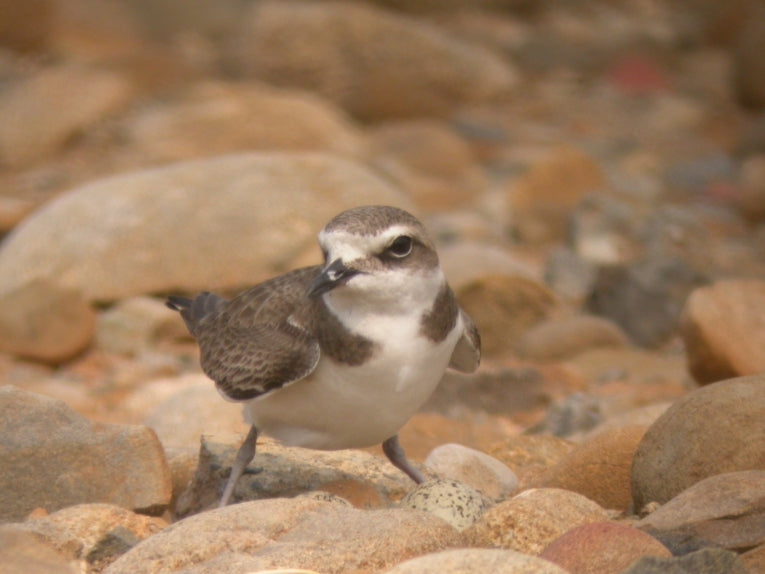Female development in birds could be triggered by a "Z dosage" system or linked to the W chromosome. A lucky find of a breeding triploid female plover, Charadrius alexandrinus, provided evidence of a ZZW chromosome combination, the third recorded to date.
Dan Janes, one of the authors, puts it all in context by telling us, "One of the beautiful aspects of Clemens' finding is that this lone bird is one of three ZZW female birds identified in the literature. The rarity of this condition is fascinating and informative".
Though complicated, the sex determination system for birds gives us showy males with ZZ and duller females with a "hemizygous" ZW set-up. However, it has been debated whether the main gene to decide the sex is located on the W or Z chromosome in birds. Before the emergence of the ZZW plover most people favored the "Z Dosage" system which says that sex evolves by counting the male Z chromosomes, one makes a female and two makes a male. The ZZW female plover has changed this view.

Male Kentish Plover; Credit: © Weiting Liu
Another alternative is to consider the W chromosome as an influence on creating a female. A dominant W gene could alter a Z gene's effect to cause the embryo to develop into a female. It would obviously useful to crow about a final solution to the sex determination and these intersexes can be useful, although some such combinations (eg most ZZW birds) are lethal!
ZZW hens are female to start with but develops male characteristics and produce no fertile gametes (eggs OR sperm). But this seems to be different in other birds. Our heroine, the ZZW Kentish plover laid fertile eggs. This plucky chick seems to have retained her femininity. The macaws and reed warblers that have already been reported with ZZW females didn't transmit all three alleles to offspring. This bird did produce several normal diploid chicks in her third year of life and hasn't been located since. But at least at this mature stage of her life, she was a - female. All that remains is to compare what seems to be two evolving groups of birds, one like domestic chickens and the other involving many different bird families, with their ZW and XY ancestors among the reptiles.

Incubating Female Kentish Plover; Credit: © Tamas Szekely
As Clemens KÏ‹pper from Harvard University says, "Previous studies in chickens didn't prove that Z Dosage works for all birds. Our case actually suggests there is more than sex determination mechanism working in birds. For example, Z Dosage could apply to chicken and their relatives whereas Dominant W acts in other bird lineages.So why should our study be important? People have largely debated so far whether either Z Dosage or Dominant W may apply to ALL birds. We think that this the wrong approach. Our results together with the other abnormal female parrots and warblers suggest that there is a real possibility that sex determination in the chicken differs from that of other birds. It has been known for some time that bird sex chromosomes are very different between the bird groups and given the diversity and dynamics of sex determination mechanisms seen in reptiles, people need to look into more bird species than simply chickens to understand how sex is determined. Of course, any of these three species where abnormalities have been documented would be a great start for this."










